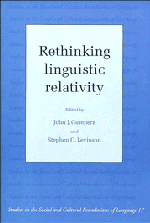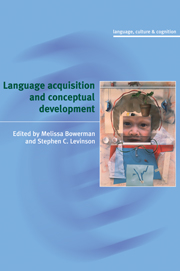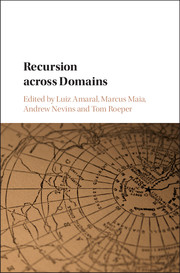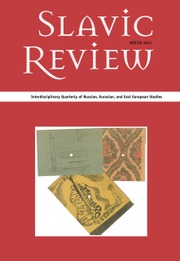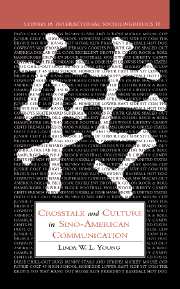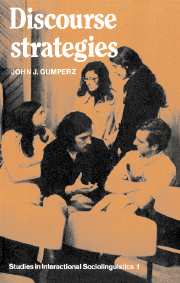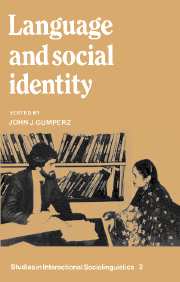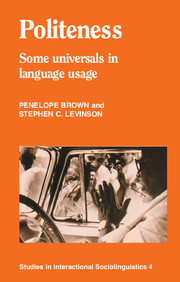Rethinking Linguistic Relativity
Linguistic relativity is the claim that culture, through language, affects the way in which we think, and especially our classification of the experienced world. This book reexamines ideas about linguistic relativity in the light of new evidence and changes in theoretical climate. The editors have provided a substantial introduction that summarizes changes in thinking about the Sapir-Whorf hypothesis in the light of developments in anthropology, linguistics and cognitive science. Introductions to each section will be of especial use to students.
- Star-studded list of contributors; editors are best-selling authors on linguistics list
- Introductory sections to each part so that book can be used as text/sourcebook
- Linguistic relativity popular subject in undergraduate courses, but no textbook exists: book has adoption potential
Reviews & endorsements
"...a very substantial volume indeed, contributing as much to the issue of linguistic relativity as to pragmatics and to a meaningful sociolinguistics. It sets out to take stock, and does so with quiet confidence. Those who ignore it will do so at their own peril." Rajendra Singh, Journal of Pragmatics
"For a psychologist, this book will be useful in two ways. First, it represents a wealth of interesting evidence about how language influences cognition. Second, it provides a wide-ranging discussion of how the relation between language and thought should be constructed and investigated." Contemporary Psychology
"...much of the range of Whorf's interests, from semantic diversity to the nature of culture, are reflected in this important book. The editors provide substantial introductions which make this book of particular use to students, as well as to scholars in anthropology, linguistics, and cognitive science." Claude Vandeloise, Canadian Journal of Linguistics
"It is a major collection, with careful, well written - and often witty - papers, which analyze the notoriously difficult underlying logic of the argument, and provide detailed linguistic and ethnographic and/or experimental information on a range of non-Indo-European languages. The book is well worth reading...One of the main merits of the book is that it contains a higher density of ideas per page than the vast majority of books...The book is beautifully printed..." Multilingua
"This is a splendid volume. John Gumperz and Stephen Levinson have collected a strong set of chapters and transformed them into a model of what an edited volume should be....readers are given a ringside seat to a fascinating controversy that has gone on for centuries and promises to continue for as far as we can see in the future. For some readers, the major contribution of this volume will be its capacity to provide a coherent picture of the similarities and relationships among various research efforts concerned with linguistic relativity." Semiotica
Product details
July 1996Paperback
9780521448901
500 pages
229 × 153 × 36 mm
0.818kg
Available
Table of Contents
- 1. Introduction: linguistic relativity re-examined John J. Gumperz and Stephen C. Levinson
- Part I. Linguistic determinism: the interface between language and thought:
- 2. Empirical research and linguistic relativity John A.Lucy
- 3. From 'thought and language' to 'thinking for speaking' Dan I. Slobin
- 4. Intra-speaker relativity Paul Kay
- 5. Imaging in iron, or thought is not inner speech Charles M. Keller and Janet Dixon Keller
- Part II. Universals and variation in language and culture:
- 6. The origin of children's spatial semantic categories: cognitive versus linguistic determinants Melissa Bowerman
- 6. Relativity in spatial conception and description Stephen C. Levinson
- 9. Cognitive limits to conceptual relativity: the limiting-case of religious ontologies Pascal Boyer
- Part III. Interpretation in cultural context:
- 8. Language form and communicative practices William F. Hanks
- 10. Projections, transpositions, and relativity John B. Haviland
- 11. Communities, commonalities, and communication Herbert H. Clark
- Part IV. The social matrix: culture, praxis, and discourse:
- 12. The linguistic and cultural relativity of conversational inference John J. Gumperz
- 13. Linguistic resources for socializing humanity Elinor Ochs
- 14. When animals become 'rounded' and 'feminine': conceptual categories and linguistic classification in a multilingual setting Elsa Gomez-Imbert
- Index.

